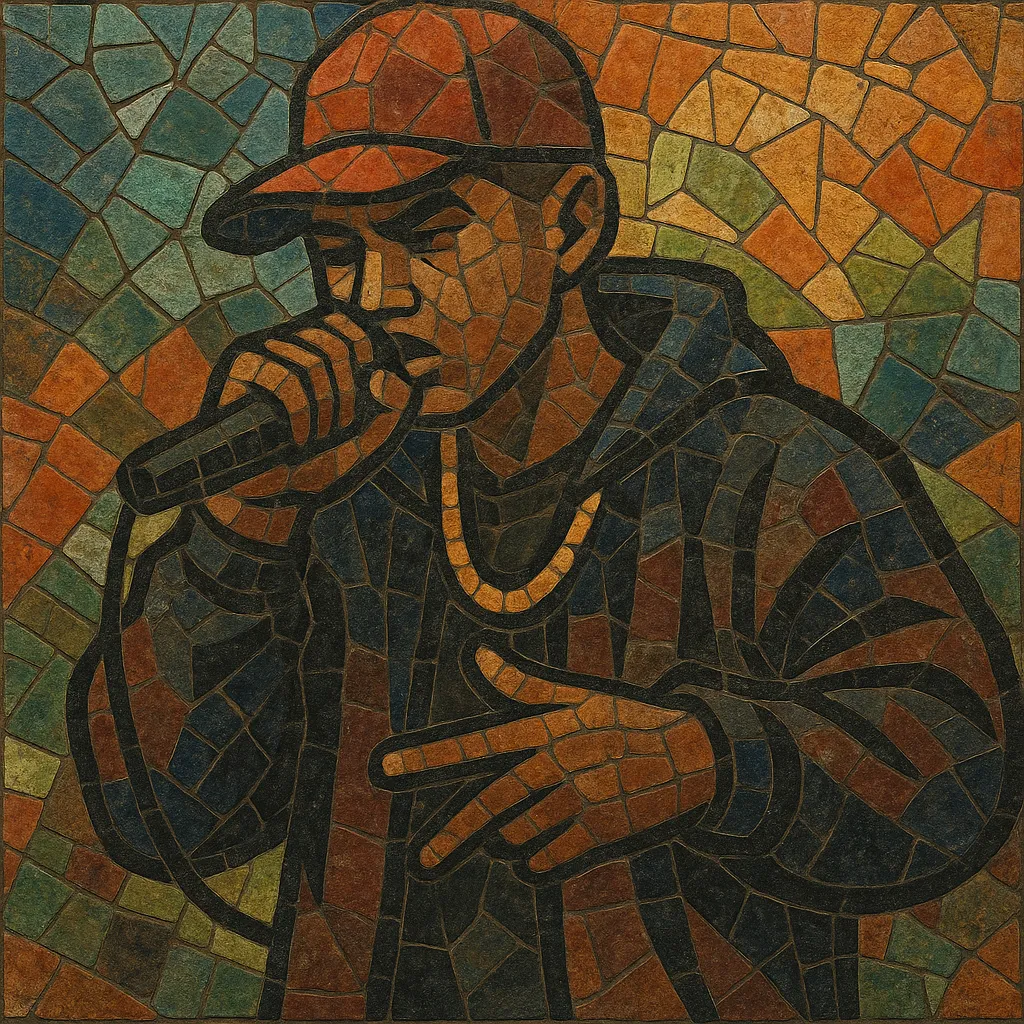Malay rap is hip hop performed primarily in the Malay language (often with code-switching into English and local slang), rooted in Malaysia’s urban cultures. It blends global hip hop aesthetics—MCing, DJing, sampling, and beat-making—with Malaysian idioms, accents, and references, creating a distinctive voice for Malay-speaking youth.
Musically, Malay rap ranges from classic boom-bap and G-funk inspirations to contemporary trap, drill-tinged beats, and R&B-inflected hooks. Lyrically it spans braggadocio and party anthems, social commentary about class and identity, and reflective storytelling, frequently using pantun-style wordplay and Malay proverbs (peribahasa).
While it shares production DNA with American hip hop, Malay rap commonly incorporates local sensibilities—rojak (mixed) slang, religious and moral themes, and the cadences of Malay pop—resulting in songs that feel both globally current and unmistakably Malaysian.
Early Malay-language rap emerged in the 1990s as hip hop culture took hold in Malaysia. Pop-rap and dance-rap groups such as KRU, 4U2C, and NICO brought rapping into the mainstream, normalizing Malay verses over new jack swing, boom-bap, and R&B-influenced production. These acts helped shift rap from a niche import to a viable local format, demonstrating that MCing could work convincingly in Bahasa Melayu and local slang.
The late 1990s and early 2000s saw a stronger hip hop identity form. Too Phat (Joe Flizzow and Malique) and Poetic Ammo helped set a higher bar for lyricism, flow, and production values, pushing beyond pop-rap into dedicated hip hop. Radio and TV appearances, music videos, and awards shows brought credibility and visibility. This era also birthed infrastructure—producers, streetwear, and events—that sustained a scene rather than isolated hits.
With social media and affordable home studios, a new wave of artists arrived. Solo careers from scene veterans (Joe Flizzow, Malique) ran alongside fresh voices like Altimet, SonaOne, and Aman RA. The sound diversified: trap hi-hats, 808 sub-bass, melodic hooks, and collaborative features became common. Regional cross-pollination with Singapore and Brunei Malay rappers grew, and bilingual Malay–English delivery became a signature.
Collectives and crews such as K-Clique and ForceParkBois moved Malay rap deeper into the mainstream, with streaming platforms accelerating national and regional reach. The palette stretched from glossy pop-rap to harder street/trap aesthetics. Lyrical themes tracked urban realities—from hustle narratives to identity and belonging—while radio-friendly singles and brand tie-ins showed the genre’s commercial strength.
Malay rap has provided a platform for youth expression across language, class, and geography (Peninsular Malaysia and East Malaysia alike). Its blend of global hip hop codes with Malay culture—wordplay, proverbs, religious nuance, and local slang—has helped shape the sound of contemporary Malay popular music.


